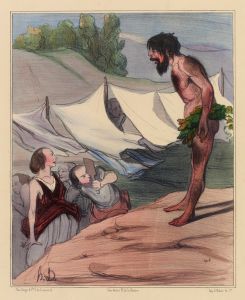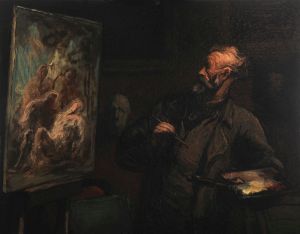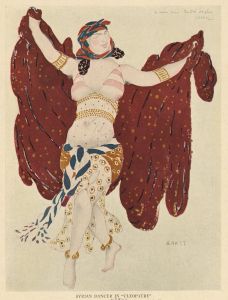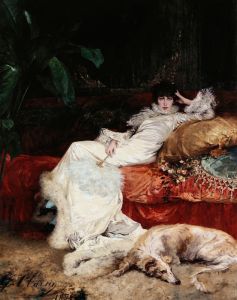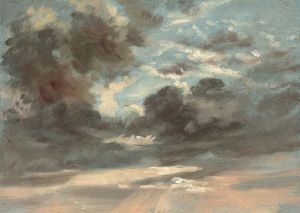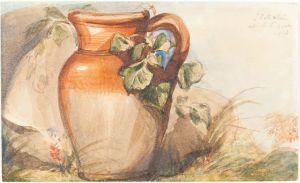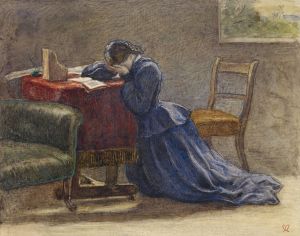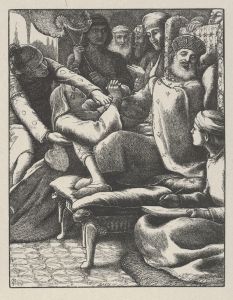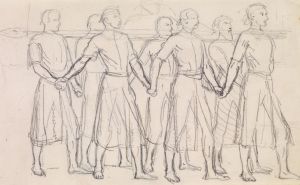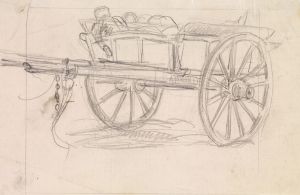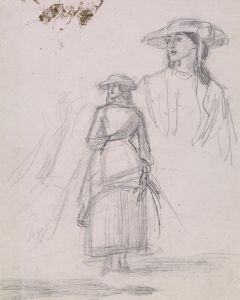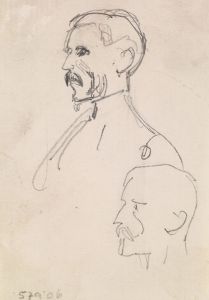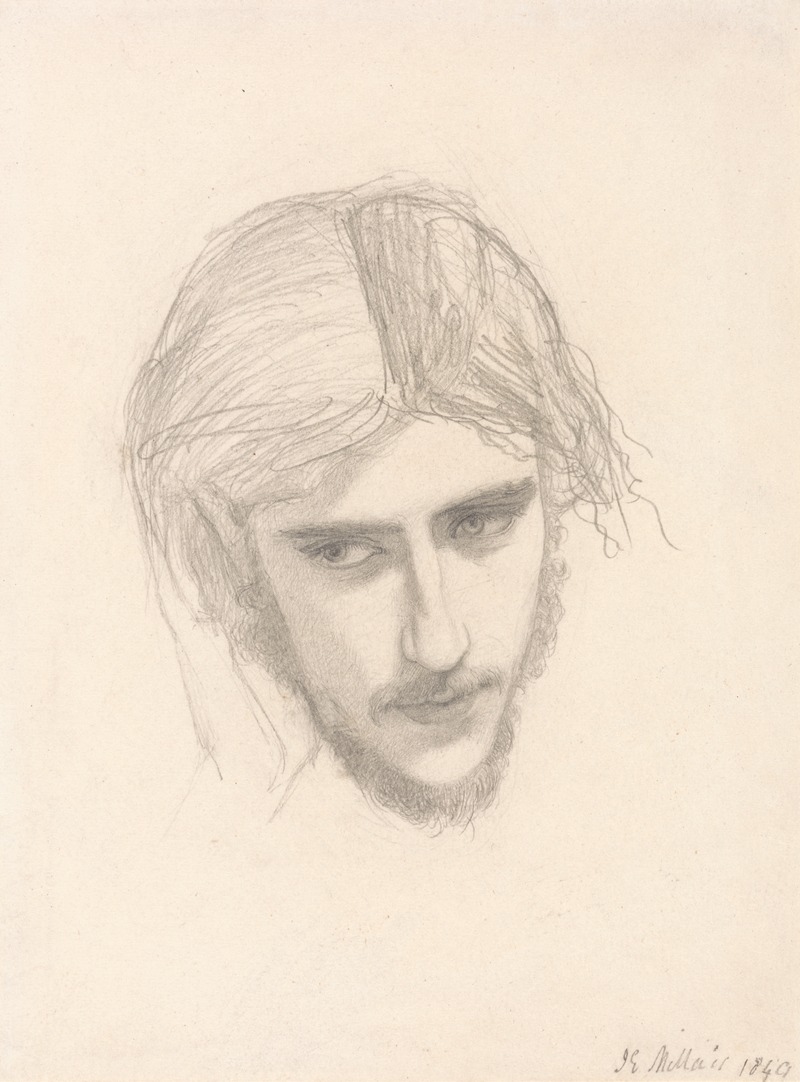
Study for the Head of Ferdinand in ‘Ferdinand Lured by Ariel’
A hand-painted replica of Sir John Everett Millais’s masterpiece Study for the Head of Ferdinand in ‘Ferdinand Lured by Ariel’, meticulously crafted by professional artists to capture the true essence of the original. Each piece is created with museum-quality canvas and rare mineral pigments, carefully painted by experienced artists with delicate brushstrokes and rich, layered colors to perfectly recreate the texture of the original artwork. Unlike machine-printed reproductions, this hand-painted version brings the painting to life, infused with the artist’s emotions and skill in every stroke. Whether for personal collection or home decoration, it instantly elevates the artistic atmosphere of any space.
Study for the Head of Ferdinand in ‘Ferdinand Lured by Ariel’ is a preparatory study created by Sir John Everett Millais, a prominent British painter and one of the founding members of the Pre-Raphaelite Brotherhood. This artwork is a study for Millais's larger painting, Ferdinand Lured by Ariel, which was completed in 1850 and is based on a scene from William Shakespeare's play The Tempest. The study focuses on the character Ferdinand, the son of Alonso, King of Naples, who is shipwrecked on Prospero's island and enchanted by Ariel, a spirit under Prospero's command.
The study demonstrates Millais's meticulous attention to detail and his commitment to the Pre-Raphaelite ideals of realism and fidelity to nature. In this preparatory work, Millais concentrates on capturing Ferdinand's facial expression and features, which convey a sense of wonder and enchantment, reflecting the character's reaction to Ariel's magical influence. The study is executed with precision, showcasing Millais's skill in rendering human anatomy and emotion.
Millais's Ferdinand Lured by Ariel was one of the early works that established his reputation as a leading artist of the Pre-Raphaelite movement. The movement, founded in 1848, sought to reject the academic conventions of the time and instead emphasized a return to the detailed observation of nature, vibrant colors, and themes inspired by literature, mythology, and religion. This study exemplifies these principles, as it is rooted in a literary source and demonstrates a high level of craftsmanship.
The study is believed to have been created using pencil or chalk, though the specific medium is not always documented. It was likely part of Millais's preparatory process, which often involved creating numerous sketches and studies to refine his compositions and ensure the accuracy of his final works. Such studies were a common practice among Pre-Raphaelite artists, who placed great importance on preparatory work as a foundation for their finished paintings.
The current location of the study is not widely documented, and it is unclear whether it resides in a public collection or remains in private hands. However, Millais's works, including his studies, are highly regarded and have been exhibited in major galleries and museums worldwide. His contributions to 19th-century British art continue to be celebrated for their innovation and influence.





